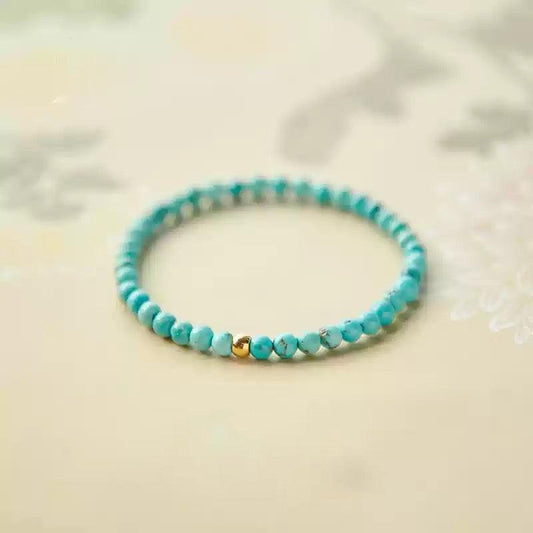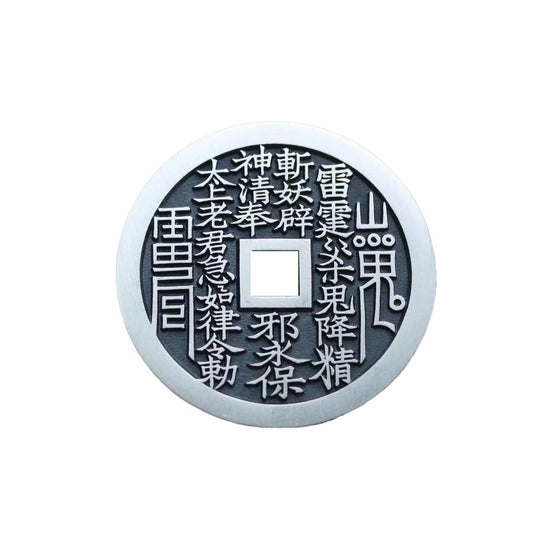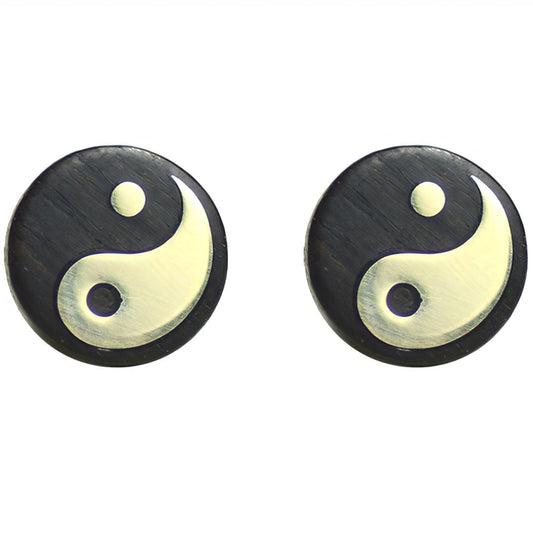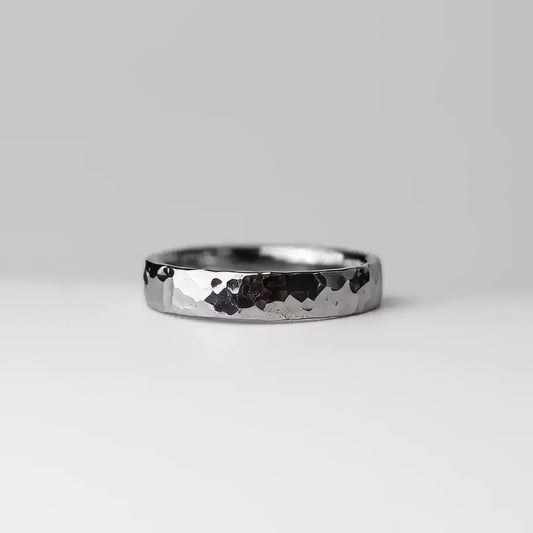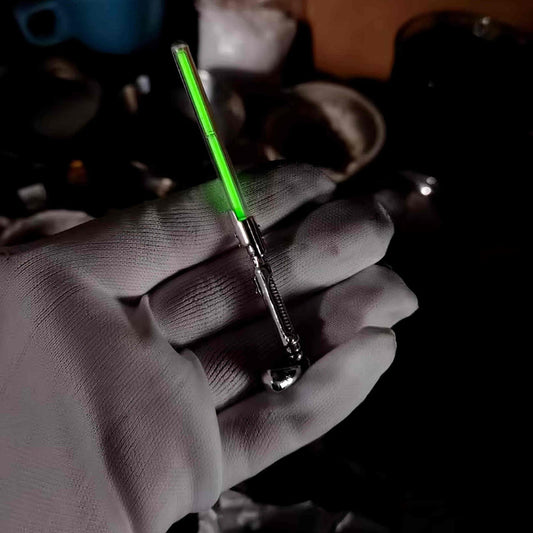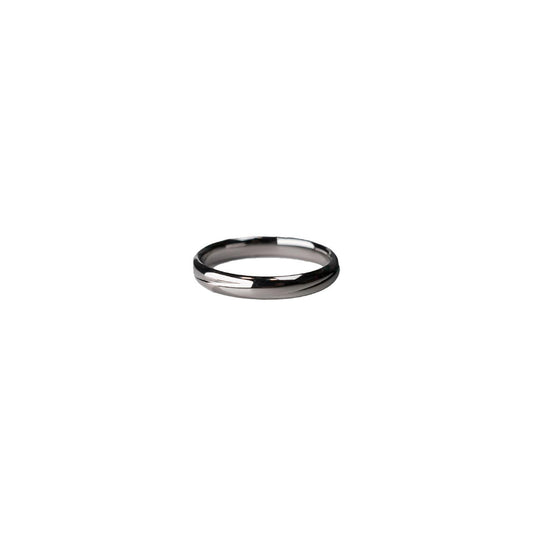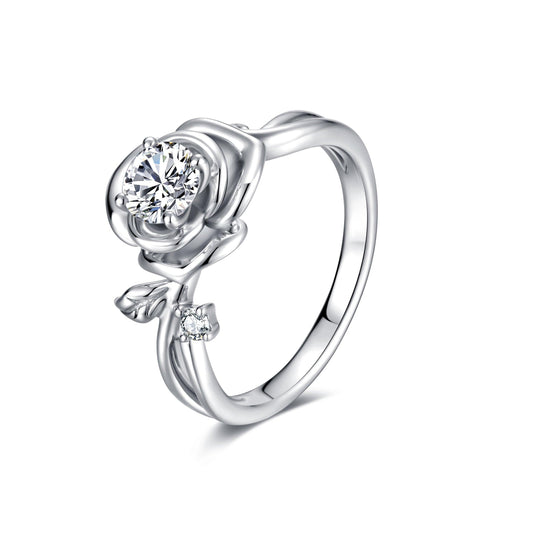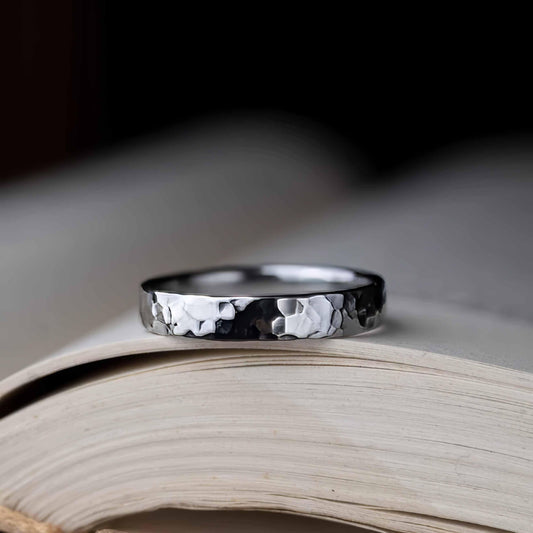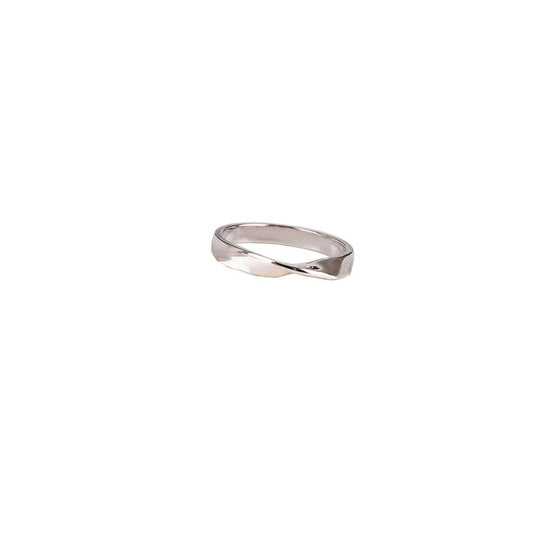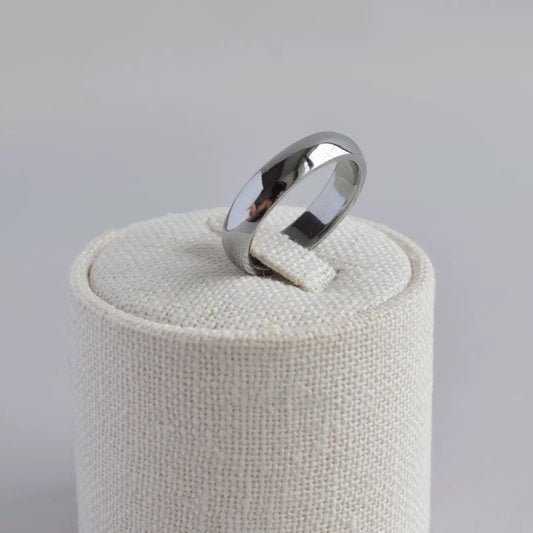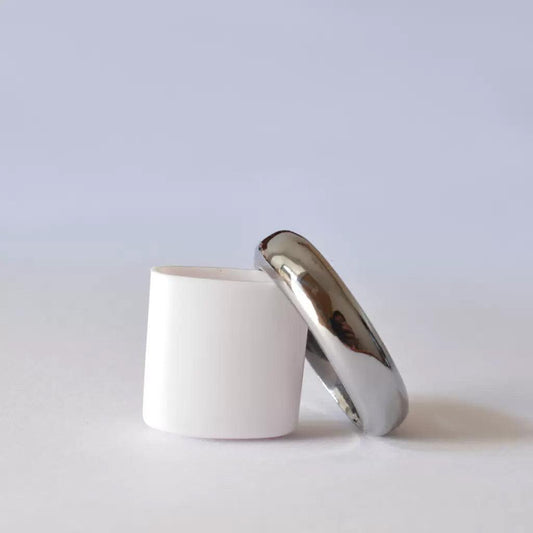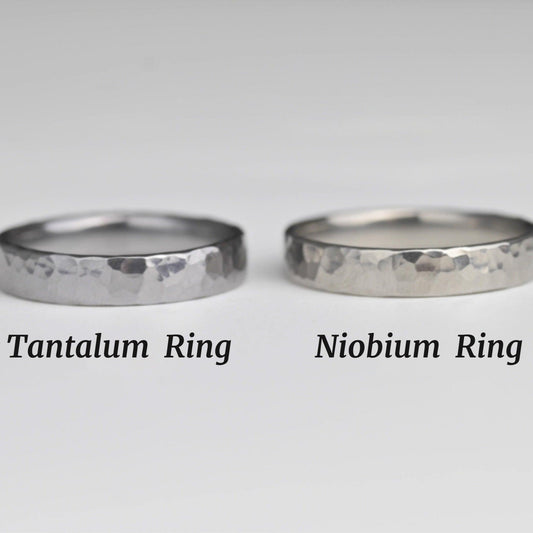The Timeless Allure of Artisan Jewelry
The Timeless Allure of Artisan Jewelry
If you were to open my grandmother's jewelry box, the first thing you'd notice is the lack of flash and uniformity that dominates most modern collections. Instead, each piece has a story, a character that’s as unique as a fingerprint. Among them, there’s an intricately crafted silver bracelet she bought from a small market stall during a long-ago trip to Mexico. The vendor, an artisan whose hands bore the traces of lifelong metalwork, had fashioned the silver into swirling patterns that danced with light. Every time I see it, I’m struck by the thought that artisan jewelry is like a tangible memory, each piece carrying tales of craftsmanship and culture that mass-produced pieces can scarcely echo.
Artisan jewelry, by nature, thrives in this overlap of art and history. These creations aren’t just accessories; they are pieces of wearable art that often bear the hallmark of time-honored techniques passed down through generations. Take, for example, the art of filigree, which involves twisting fine threads of precious metals into intricate patterns. This method can be traced back to ancient Mesopotamia and has been cherished by numerous cultures since. In today’s world, wearing such a piece isn’t just a style choice—it’s a nod to this rich legacy, a way of connecting with the artisans who labor to keep these traditions alive.
Materials play a pivotal role in the unique charm of artisan jewelry. From Peruvian silver to Ethiopian opals, the materials are as diverse as the cultures they originate from. Each choice of stone or metal carries with it a story, often deeply intertwined with the geography and history of its origin. I remember once being captivated by a pair of earrings crafted with lapis lazuli, a deep blue stone mined in Afghanistan. The artisan spoke of how ancient Egyptians valued the stone, using it for amulets and ornaments. It struck a chord with me, thinking of how such a small element can bridge the gap between epochs and continents, while dangling just below my ears.
Of course, artisan jewelry also offers a form of personal expression that is unmatched by its mass-produced counterparts. When you wear an artisan piece, you’re not just wearing jewelry; you’re wearing a story, possibly one that speaks to your own beliefs or experiences. Whether it’s a minimalist design reflecting a modern sensibility or a vibrant mosaic of colors reminiscent of the bustling markets of Marrakech, each piece silently narrates a part of your identity. It’s perhaps this personal connection that draws many to artisan jewelry, that desire to own something that not only looks unique but feels significant.
While I’ll never be able to craft a silver bracelet as my grandmother’s artisan did, wearing it gives me a way to honor their skill and my heritage. It reminds me that behind every piece of artisan jewelry lies not just creative and technical expertise, but also a story worth telling. And in a world overflowing with the generic and the mass-produced, isn’t it refreshing to know that some things are still made with a human touch? That’s the real treasure.
